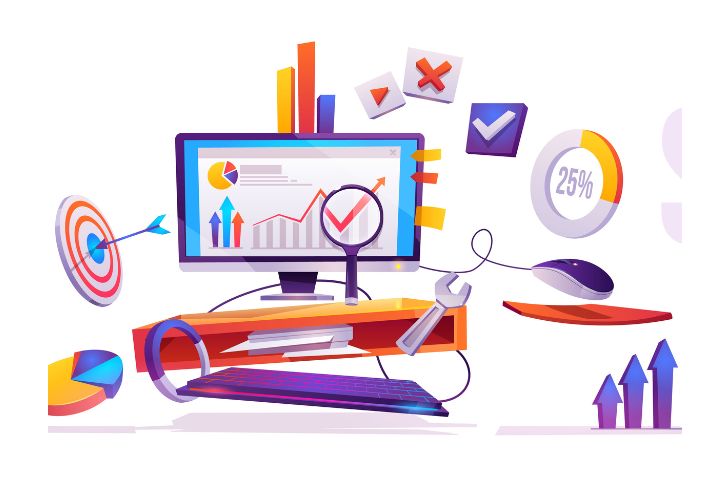How To Choose The Reporting And Analytics Platform

If you can’t measure it, you can’t improve it—the difference between data and opinion.
Reporting And Analytics Platform: The idea of opinion is noble in many fields of daily life, but it is not equally indispensable and effective in the management of a company of any type. A new management strategy cannot and must not be based on opinion. Whether of an individual, of a group, or commonly shared, the opinion is still subjective, partial, influenced, and non-objective.
Every improvement starts from objective data. In all methodologies, the first stage of any project is its definition. The second and most important is data measurement. It is a delicate moment, fundamental for the continuation of the project. By collecting data, the past is retraced and put on paper in an objective, irrefutable manner, with numbers and, better still, graphs. Only with these supports can it be seen where the weak point of the process on which to intervene is and what are the plausible margins for improvement.
Only in a third moment do we analyze, and in a fourth do we act to improve. The wealth of data that the web can make available to optimize and improve the management of a company is invaluable. Functional analysis in this perspective has many faces, most of which are online.
Web analytics: each company has its own platform
The functional analysis covers many areas of business intelligence. A reporting and analytics platform analyzes Ecommerce statistics to monitor KPIs, user experience, and customer databases to profile them as accurately as possible, CTORs, the most requested products to optimize production, and brand awareness to quantify the impact communicative online. The best performing platforms to do this job, and others, are:
Google Analytics:
free, 24-hour support, layman-proof reporting, it’s the easiest to use. Extensive and in-depth training manuals. It can be implemented if necessary and can be integrated with all Google products;
Adobe Analytics:
perhaps the least user-friendly platform and aimed more at industry experts. To get to the data, you need to be familiar with the logic of the platform. Not easy to use, specific technical skills are required only for installation;
WebTrekk
it doesn’t have the fame of the previous ones. The users, few compared to those of the others, find it valid and intuitive to use. The graphics and dashboards leave something to be desired for clarity. Connections with external tools are zero;
Kissmetric
very limited field of application. The user is the limited circle that deals with SaaS. In terms of Recency, CLV, and Cohort, the analyzes are in-depth and detailed to decipher return rates;
Pikwik:
Open source reporting and analytics platform. Analysts of great inventiveness and with a spirit of adventure speak well of it. In fact, it is versatile and customizable to maximum power. With much application and just as much patience, you can ask him anything. It’s not easy or intuitive, but it can become so;
One is not worth the other
Choosing the reporting and analytics platform best suited to a company’s specific needs, however, requires an opinion. Indeed, in this case, it is necessary. It is indispensable and essential, but only if it comes from someone who has the skills and experience to establish it. Because one is not worth the other, and the most suitable one needs to be developed.
Also Read : Digital Transformation: What Is It?


